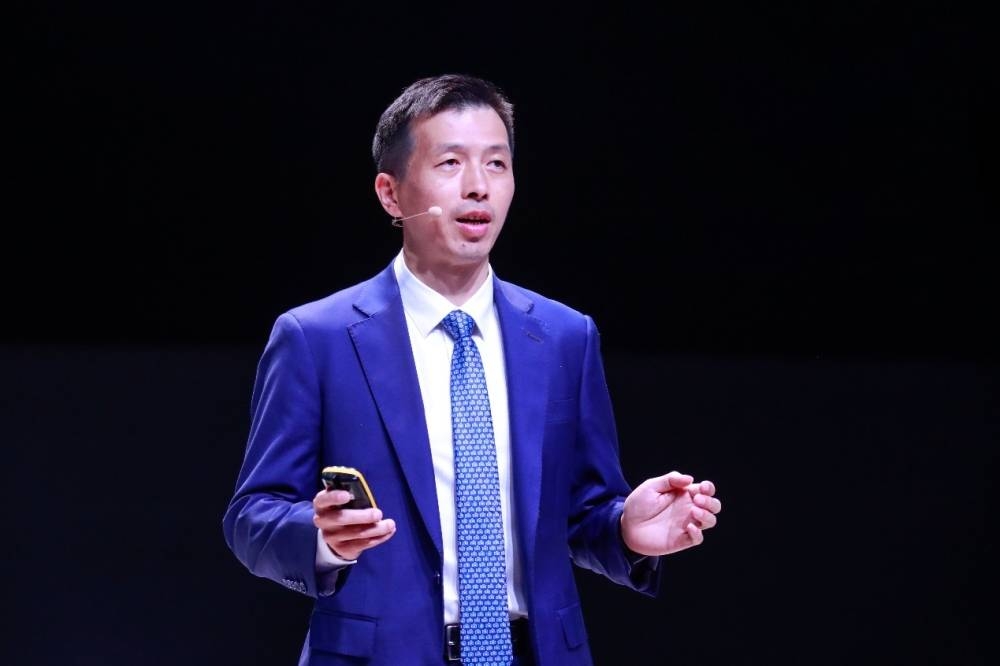Huawei proposed a green industry vision oriented to the future network evolution at the 'Going Green Summit' held by the GSMA in Barcelona.
Peng Song, president of ICT Strategy and Marketing at Huawei, said everything in the universe is based on matter, energy, and information.
He explained that matter is the materials we need, energy is the driving force, and information is our knowledge, and that everything people do depends on these three elements.
He said this model of matter, energy, and information determines whether we can create a green world and has been used by Huawei to guide its product and solution innovation. Using this model, Huawei has proposed a vision for green industry development to adapt to future network evolution.
Highlighting that key technological innovations unlock hardware potential; he said building on its research in basic theories and materials over the past 30 years, Huawei has been working to increase the energy conversion efficiency of hardware.
In this regard, he highlighted the signal direct injection feeding (SDIF) technology that Huawei uses in antennas removes the 100 metres of feeders currently used inside antennas, reducing feeder loss and increasing antenna efficiency by 15%.
Stressing that native intelligence makes networks more energy-efficient; he said the industry should focus more on the efficient flow and conversion of energy in networks.
To improve energy efficiency, Huawei has introduced native intelligence into its next-generation green network architecture.
Song said in terms of information processing, Huawei is working to reconstruct software algorithms for more efficient information scheduling and management. Currently, AIGC is very popular. The interaction mode is changed from traditional text to multimedia interaction such as graphic, text, and video. In addition, the interaction frequency is greatly increased.
Huawei estimates that this app will create an additional 13.5GB DOU per month and drive a 100-fold increase in carrier network traffic and a 25-fold increase in network energy consumption by 2030. This means future networks will need better information scheduling and management.
He said Huawei will continue investing in fundamental theories, materials, and algorithms to overcome key technological barriers in matter, energy, and information, and that this will give the company the capabilities required to create products and solutions with optimal performance and energy efficiency, and ultimately lead the industry to a greener future.

Peng Song, president of ICT Strategy and Marketing at Huawei, delivering a keynote speech titled 'Transcend Limits to Light up a Green Future'.
